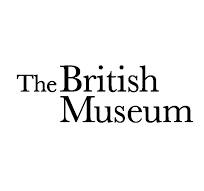Best Museums In The World:
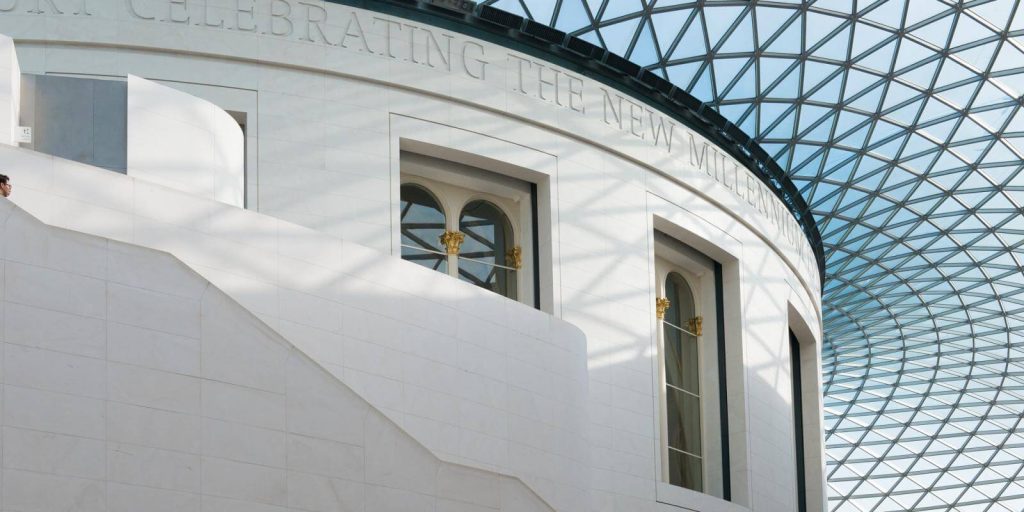
Experience cultures across the globe, from dawn of human history to the present at The British Museum.
Entering the Museum
- Entry to the Museum is via the Main entrance on Great Russell Street or the Montague Place entrance.
- Please note that the Montague Place entrance may be subject to closure at short notice, but we aim to assist entry for Members and those with access needs.
- On arrival please join the back of the queue, where you may be required to wait, as longer queues for ticket-holders and walk-ups can form on Great Russell Street.
- General admission ticket holders may enter the Museum anytime after their selected timeslot.
- Once you’ve gone through the Main entrance an easy access queuing route is available for disabled visitors, visitors with pushchairs and/or children under five, Members, exhibition and general admission ticket-holders.
- All visitors must pass through a security check which involves a bag search.
- If you require more information on accessibility for disabled visitors, please see our Accessibility at the Museum page for details.
Museum
Our opening hours are daily, 10.00–17.00 (Fridays: 20.30)
Last entry: 16.45 (Fridays: 20.15)
- Box Office: 10.00–16.50, Monday to Friday (excluding Bank Holidays)
- Cloakroom: 10.00–17.00 (20.30 on Fridays). Last deposit is one hour before closing.
- Families Desk: 10.00–12.30 and 13.15–16.30, weekends and London Borough of Camden school holidays(Opens in new window) only.
- Ford Centre for Young Visitors: 10.00–16.30, weekends and London Borough of Camden school holidays(Opens in new window) only
- Galleries: 10.00–17.00 (20.30 on Fridays). Please note: we begin clearing galleries 10 minutes before they close.
- Great Court: 10.00–17.30 (Fridays 20.30)
- Guide Desk: 10.00–16.30
- Information Desk: 10.00–17.00
- Ticket Desk: 10.00–16.30
Find out about upcoming late opening on Fridays.
The Museum is closed 24
Exhibitions And Events – Burma to Myanmar
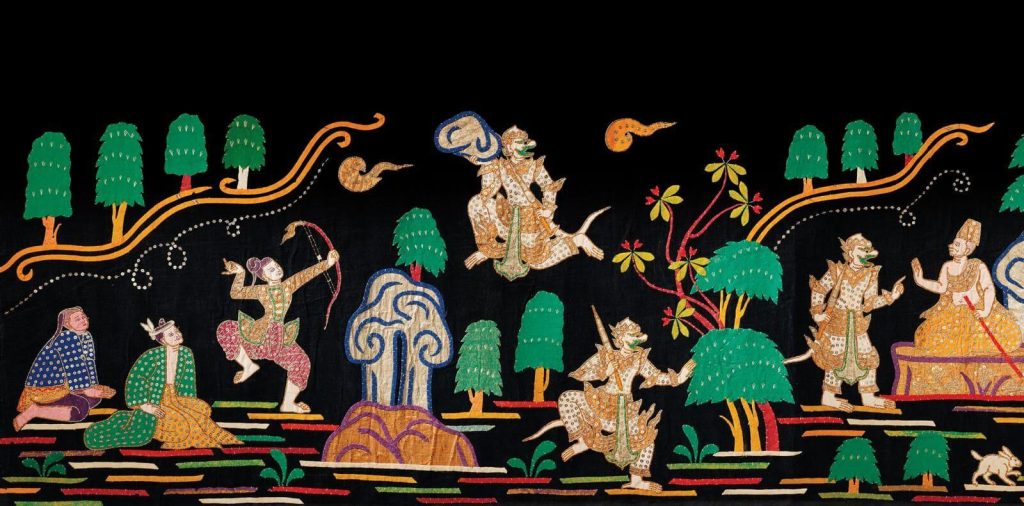
From influential superpower to repressive regime, Myanmar – also known as Burma – has seen dramatic fluctuations in fortune over the past 1,500 years.
Experiencing decades of civil war and now ruled again by a military dictatorship, Myanmar is an isolated figure on the world stage today, and its story is relatively little known in the West. However, the extraordinary artistic output of its peoples, over more than a millennium of cultural and political change, attests to its pivotal role at the crossroads of Asia.
Picking up the thread around AD 450, the exhibition explores how Myanmar’s various peoples interacted with each other and the world around them, leading to new ideas and art forms. From the 14th century several kingdoms jostled for power and expanded important links with Thailand, China, Sri Lanka, and traders from the Middle East and Europe, creating a fertile ground for diverse cultures to flourish; a coin issued by King Dhammaraja Hussain (r. 1612–22) of the Arakan kingdom, inscribed in Arakanese, Bengali and Persian, shows the wide reach of his trade and political networks.
Rulers in central Myanmar came to dominate parts of the region between the 16th and 19th centuries, becoming the largest empire in mainland Southeast Asia. A stunning gold and ruby-studded letter sent by King Alaungpaya to George II in 1756 speaks to the empire’s wealth and power.
Annexation by the British in the 19th century saw tremendous changes impacting art, culture and society – and contributed to the turmoil faced by Myanmar today. The show concludes by exploring how modern-day artists have defied state censors, marrying activism with artistic traditions in expressions of resistance and hope.
Interconnected yet cut-off, rich in natural resources such as jade, rubies and teak but with much of the country living below the poverty line, Myanmar is a country that defies categorisation. This unprecedented exhibition offers the chance to see the history behind the headlines.
Membership
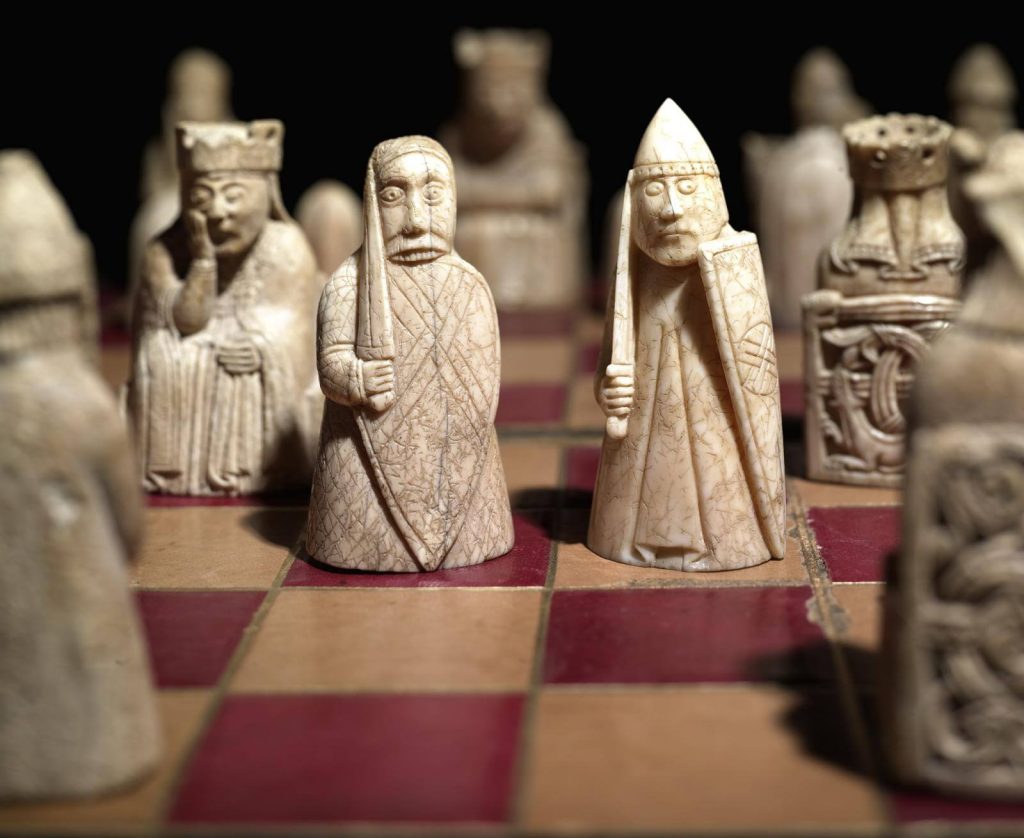
Become a Member today or purchase the perfect Christmas gift for someone special.
Membership allows you to discover two million years of human history while donating to the British Museum Friends, enabling us to support the work of the Museum. From just £69 a year (with discounts for those aged Under 26), Membership makes visits to the Museum a cultural adventure with:
- Free unlimited entry to exhibitions including Burma to Myanmar (until 11 February 2024), Legion: life in the Roman army (1 February – 23 June 2024) and a forthcoming show on the later life and work of Michelangelo.
- An exclusive programme of Members’ events.
- Use of an exclusive Members’ Room.
- The British Museum Magazine three times a year.
- And many more benefits.
Members do not need to book for the permanent collection or our exhibitions. You’ll need to show your Membership card to gain entry. If you’re visiting before your Membership card arrives, on the day of your visit, please bring the confirmation emails of your Membership purchase to the Membership Desk in the Great Court. We’ll then issue a temporary card to access your on-site benefits.
Read the Membership FAQs page for any queries about your visit, or contact us at friends@britishmuseum.org
Events
Explore objects in the collection linked to the themes of desire, love and identity.
Join our volunteer-led tour and discover a fascinating selection of objects with LGBTQ (lesbian, gay, bisexual, transgender and queer) connections. The tour ranges from the ancient world to the present day, and includes some of the most famous artworks on display.
Booking information:
- The tour will begin at 14.30 and will last for 70 minutes. Please meet at the Information Desk in the Great Court for the start of the tour.
- The maximum number of places per tour is 30.
- To ensure a safe and enjoyable visit, face coverings are recommended for the protection of yourself and others, unless you’re exempt. Please be considerate of people and exercise social distancing where you can – especially in smaller spaces. Hand sanitiser stations can be found throughout the Museum and we recommend washing or sanitising your hands regularly. See the Visit page for more information.
- Please do not visit if you feel unwell or have COVID-19 symptoms.
- All measures are subject to change in accordance with government guidelines(Opens in new window) and Museum regulations.
Legion
life in the Roman army
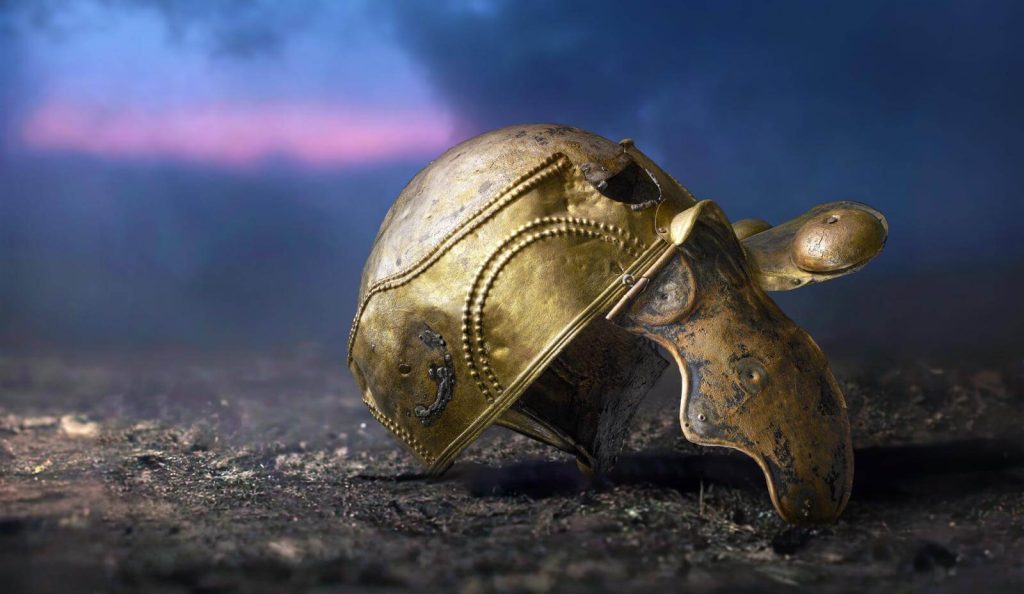
From family life on the fort to the brutality of the battlefield, experience Rome’s war machine through the people who knew it best – the soldiers who served in it.
Few men are born brave; many become so from care and force of discipline.
Vegetius, Fourth-century Roman writer
The Roman empire spanned more than a million square miles and owed its existence to its military might. By promising citizenship to those without it, the Roman army – the West’s first modern, professional fighting force – also became an engine for creating citizens, offering a better life for soldiers who survived their service.
Expansive yet deeply personal, this exhibition transports you across the empire, as well as through the life and service of a real Roman soldier, Claudius Terentianus, from enlistment and campaigns to enforcing occupation then finally, in Terentianus’ case, retirement. Objects include letters written on papyri by soldiers from Roman Egypt and the Vindolanda tablets – some of the oldest surviving handwritten documents in Britain. The tablets, from the fort near Hadrian’s wall, reveal first-hand what daily life was like for soldiers and the women, children and enslaved people who accompanied them.
Roman military history perhaps stretches as far back at the sixth century BC but it wasn’t until the first emperor, Augustus (63 BC – AD 14), that soldiering became a career choice. While the rewards of army life were enticing – those in the legions could earn a substantial pension and those entering the auxiliary troops could attain citizenship for themselves and their families – the perils were real. Soldiers were viewed with fear and hostility by civilians – not helped by their casual abuses and extra roles as executioners and enforcers of occupation – and they could meet grim ends off, as well as on, the battlefield. Finds in Britain include the remains of two soldiers probably murdered and clandestinely buried in Canterbury, suggesting local resistance.
What did life in the Roman army look like from a soldier’s perspective? What did their families make of life in the fort? How did the newly-conquered react? Legion explores life in settled military communities from Scotland to the Red Sea through the people who lived it.


























